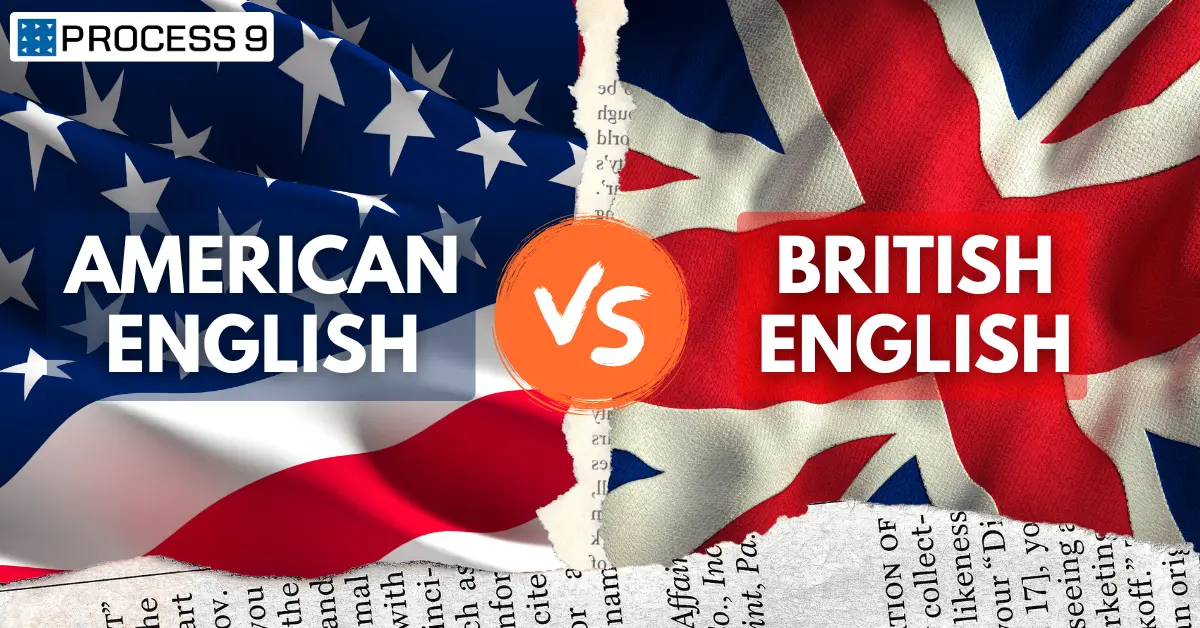What is transcription?
Transcription is the process of creating a written record of a statement or statements that are in the form of an audio or video. Transcribing is another name for transcription, which is important in fields like sociolinguistics, dialectology, conversational analysis, and speech technology. The field of linguistics depends heavily on accurate transcriptions. The transcription industry is currently valued at USD 19.8 billion and is expected to grow at an annual rate of 6% from 2020-2027. Transcriptions are commonly used in academia, legal, medical, publishing, podcasts, etc.
What are the types of transcription?
Transcriptions are mainly classified as
- Verbatim transcription
- Non-verbatim transcription
- Edited transcription
- Phonetic transcription
A verbatim transcription is the recording of all spoken words in an audio or video file by a transcriber. The transcript captures fillers, stutters, interjections, repetitions, long pauses, laughter, and utterances along with the main content of the file. The exponential details that are covered in the transcripts make this transcription unique from the others. The transcription of audio or video files produced in a legal setting requires these kinds of transcriptions.
Non-verbatim transcription or intelligent verbatim transcription gives the transcriber the liberty to exclude stutters, laughter, utterances, etc during the process. Making the perfect transcript in this method relies on capturing the essence of the message and omitting unnecessary filler. The transcribers can polish and clean up the sentences as they deem fit. This method of transcription is used in business, the medical field, podcasts, conferences, meetings, speeches, etc.
Let’s take a look at the below example,
Verbatim: I ah saw the er blue station wagon (5-second pause) parked near the shopping mall.
Non-verbatim: I saw the blue station wagon parked near the shopping mall.
Edited transcriptions create precise, readable, and clear outputs. By using this method, you ensure a clean and complete transcript in terms of grammar, punctuation, spelling, slang, etc. This kind of transcription is used by academic institutions, businesses, etc.
For example, below is an unedited version of a transcript,
“My teacher told us—girls and boys in the class, ‘Y’all should maintain discipline during recess.”
and the edited version will be,
“My teacher told the girls and boys in our class to maintain discipline during recess.”
Phonetic transcription is defined as a visual representation of speech sounds through symbols. Using this method, the dialect of the original words is preserved. The most common type of phonetic transcription uses phonetic alphabets namely International Phonetic Alphabet or IPA. This method is used to transcribe phones or unanalyzed sounds in a language.
For example, the word ‘People’ is transcribed as ˈpi:pəl’.
What is the need for transcription?
The success of a business is determined by the right communication within the company and with its target customers. Companies need business-related transcriptions to avoid any internal disputes and lawsuits. With the help of a professional transcription service, it is easy to pass on accurate business information to stakeholders, customers, and business prospects. The development of precise transcripts helps in the effective planning of digital content strategy. The healthcare industry relies heavily on transcription, as it is crucial to accurately record the medical history of patients for reference and further analysis. Transcription has a major role in the documentation of legal and judicial proceedings. Academic transcriptions are useful for the professional research community, peer group sessions, or gathering information on dissertations.
What is the suitable type of transcription for your industry?
The requirements for transcription vary by industry. Despite the fluctuating demand for transcription across industries, not every transcription type is appropriate for every user.
Academic transcripts are created using non-verbatim or edited transcription methods. Academic transcripts are an important part of assisted learning and it streamlines the research processes. The transcripts created for businesses need to be error-free, concise, and formal. Edited transcription and intelligent verbatim transcription are preferred for business purposes. When transcribing witness testimony, verbatim transcription is the most appropriate method, whereas when transcribing a legal brief by a lawyer, edited transcription is better there is no need of mentioning any fillers.
In publishing, the right method for transcription is chosen based on factors such as readership, audience, and type of publication. While medical journals and business journals preferably use edited transcription, an autobiography by an author can be well transcribed using verbatim transcription, The transcription of podcasts is also done on similar lines. If every single aspect of the podcast needs to be covered, verbatim transcription would be the right choice and if the podcast is on a subject like best practices for good health during COVID times, edited transcription would be preferred. An experienced transcriber can deliver a perfect medical transcript using the intelligent verbatim transcription method.
How to choose the right transcription type for your business?
- Step 1
The first step towards choosing the right transcription type for your business is to identify the kind of input medium that has to be transcribed. Generally, the transcription inputs are in the form of an audio file, video file, or written materials such as handwritten notes or PDFs.
- Step 2
Once the input medium is identified, the complexity of the file needs to be determined. This is done by evaluating parameters like the quality of the file, number of speakers, languages, dialects, accents, etc… The complexity of the file has a direct impact on the turnaround time, cost, and accuracy of the transcript.
- Step 3
In this step, the expected output of the transcription is determined. This is done by understanding the target audience, the type of message that needs to be conveyed, and the expected accuracy. Automated transcriptions provide up to 90% accuracy whereas, with human-reviewed automated transcriptions, 100% accuracy is possible. At this stage, the confidentiality of the content is also assessed. Many automated transcription software uses a high level of encryption to maintain the confidentiality of the document
- Step 4
This step includes the estimation of the budget and the turnaround time. Manual transcription and automated transcription have different turnaround times. A professional transcriber takes three to four hours to transcribe an hour-long audio file. The turnaround time to complete a transcript depends on various factors such as the quality of the input file, the number of speakers, their accents, dialects, the need for potential research, and specific transcription requirements.
What is the influence of technology in the transcription domain?
Transcription software is used for all kinds of speech recordings like meetings, interviews, lectures, etc. It is also used for adding subtitles to videos. Using transcription software, timing information can be added to each piece of text.
In earlier days transcription software was merely a computer program that assisted in the conversion of human speech into a text transcript. The key components of transcription software were an audio player and a text editor. The audio player had functionalities like play, pause, rewind, adjust playback speed, and forward. Artificial intelligence and natural language processing have revolutionized the transcription process, and today, transcription software is a completely automated solution that converts recorded or live audio and video into text. Automated transcription uses speech recognition technology ( speech-to-text) for producing reasonably accurate outputs. The text editor used in the automated transcription comes with an integrated audio player for reviewing and editing the transcript.
Transcription services by Process Nine
We provide automated transcription services using our neural machine translation API, MoxWave, which is built on the most advanced artificial intelligence and machine language-based technology. We offer speech-to-text and text-to-speech services in 12 Indian languages namely Hindi, Bengali, Malayalam, Kannada, Tamil, Telugu, Marathi, Gujarati, Oriya, Urdu, Assamese, and Punjabi.







Share: